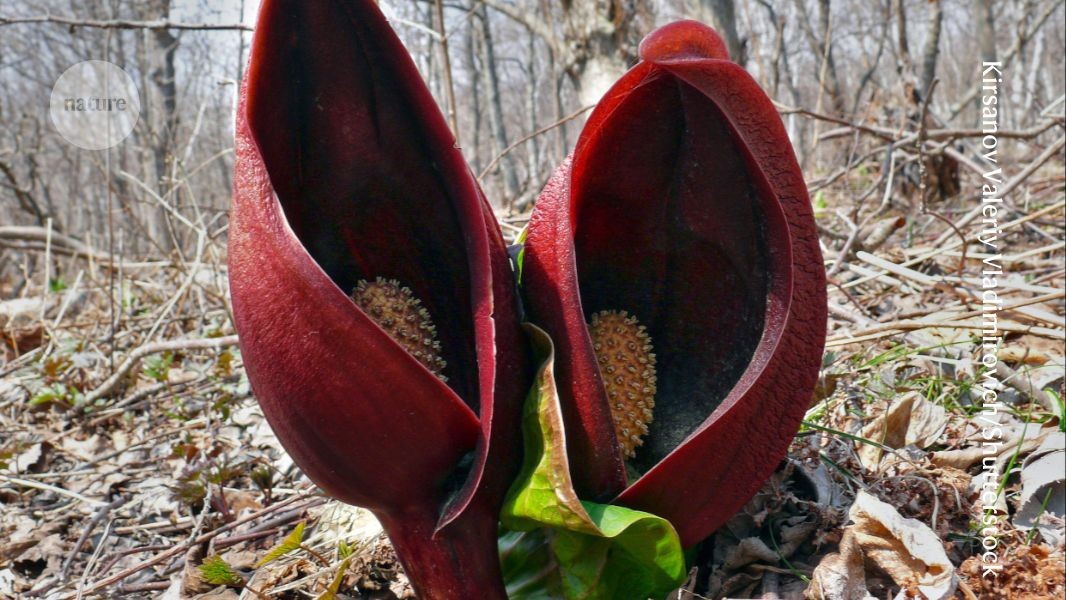
"Skunk cabbage's odour, reminiscent of rotting meat, draws specific beetles and flies for pollination, challenging our perceptions of floral scents in nature."
"The research indicates that stinky flowers, which may seem off-putting to humans, are quite popular among certain pollinators and have evolved rapidly in the plant kingdom."
"Robert Raguso, a chemical ecologist, emphasizes that our understanding of smelly flowers has evolved, pointing out the complexity and richness still to explore."
"In a pursuit to understand the diversity within the Asarum genus, insights were gained on how plants create these malodorous scents via specific enzymes."
The study on smelly plants, including the notorious skunk cabbage, reveals their role in attracting pollinators like beetles and flies with scents reminiscent of rotting meat. Conducted by a team exploring the Asarum genus, the study identifies how distinct enzymes contribute to these odours. Surprisingly, foul-smelling flowers have evolved quickly in the plant kingdom, highlighting a vibrant yet overlooked aspect of plant ecology. Experts, noting the complexity of these observations, encourage further exploration into the biochemical processes at work within this fascinating niche of floral biology.
Read at Nature
Unable to calculate read time
Collection
[
|
...
]